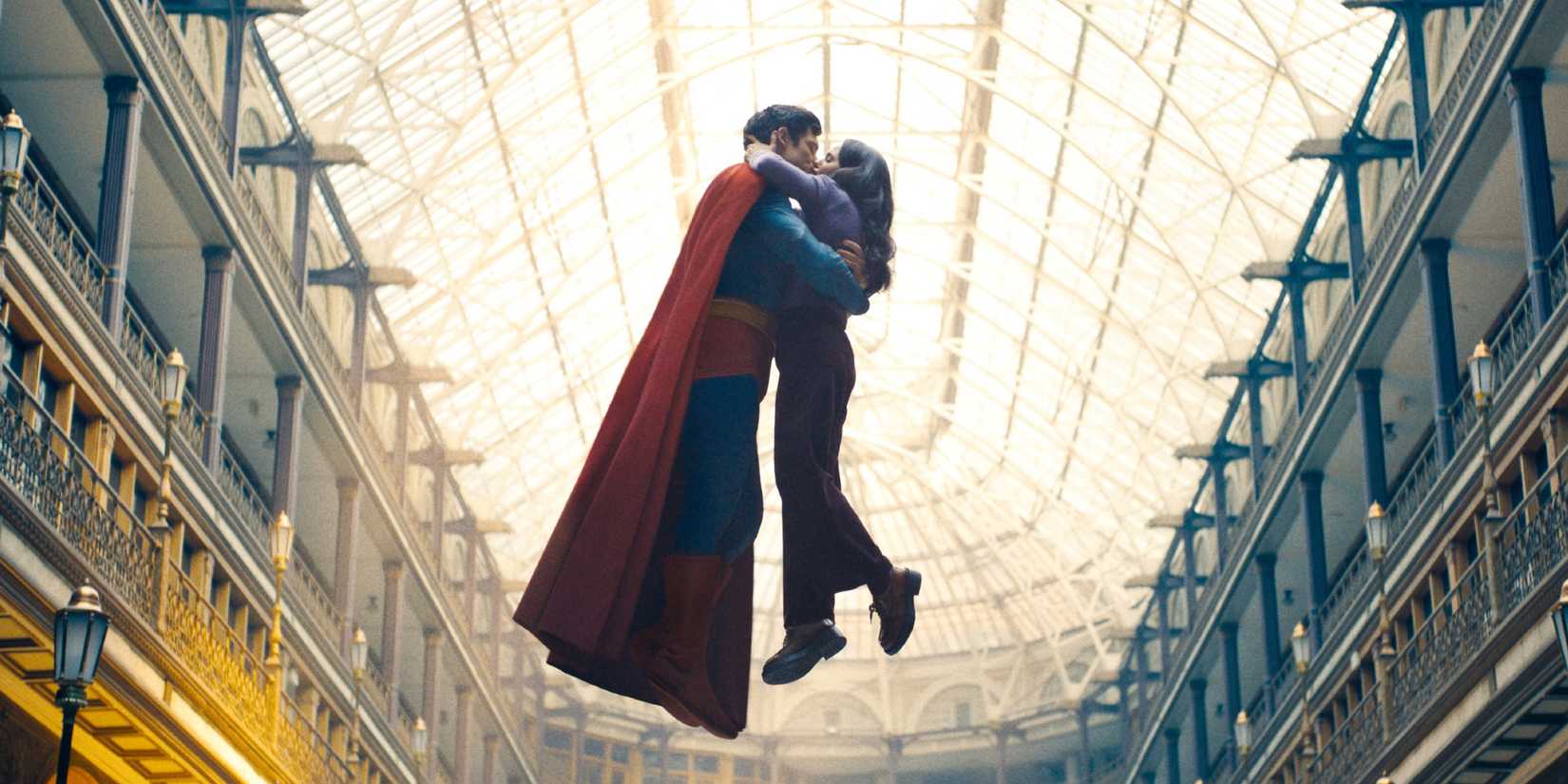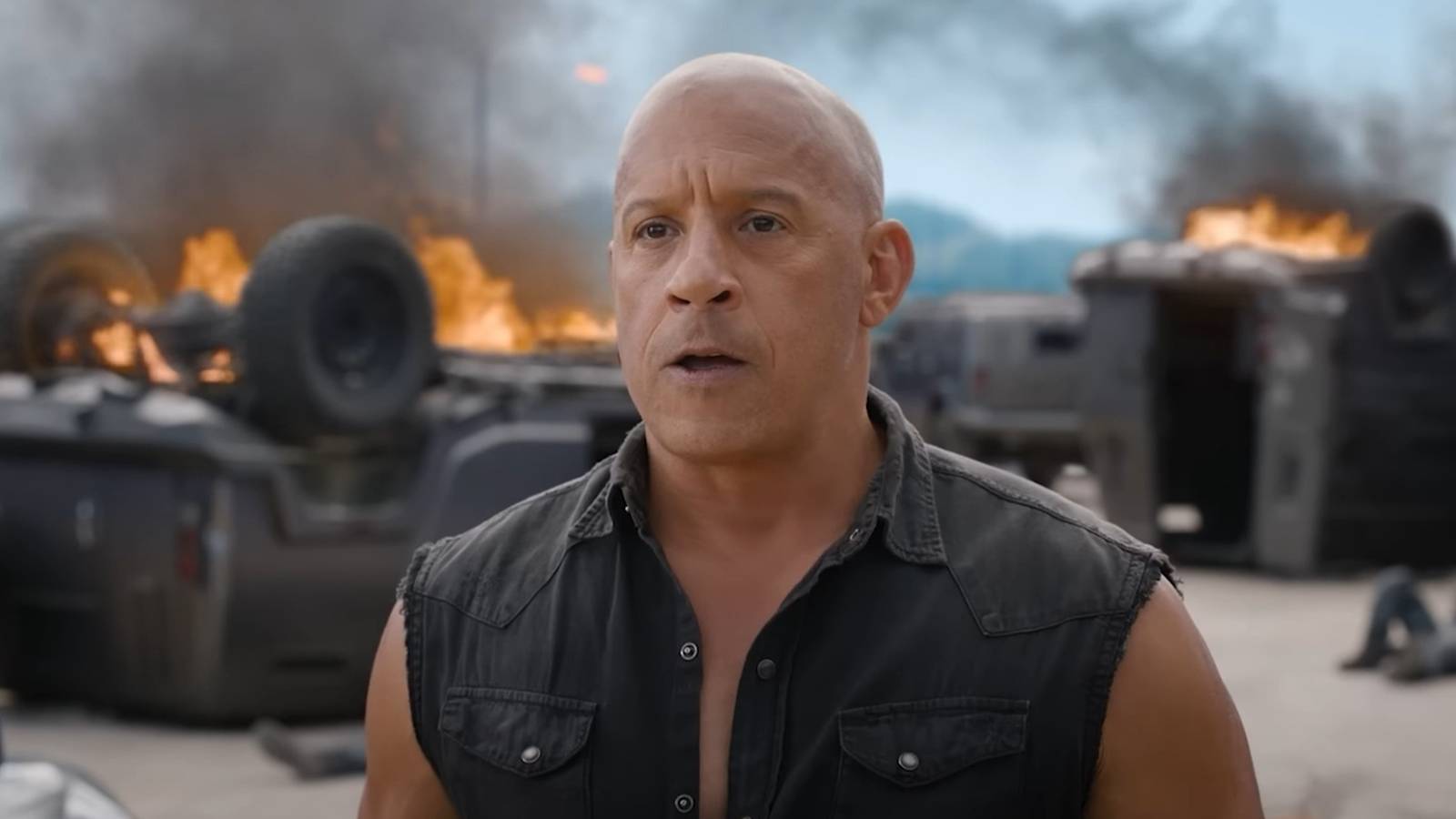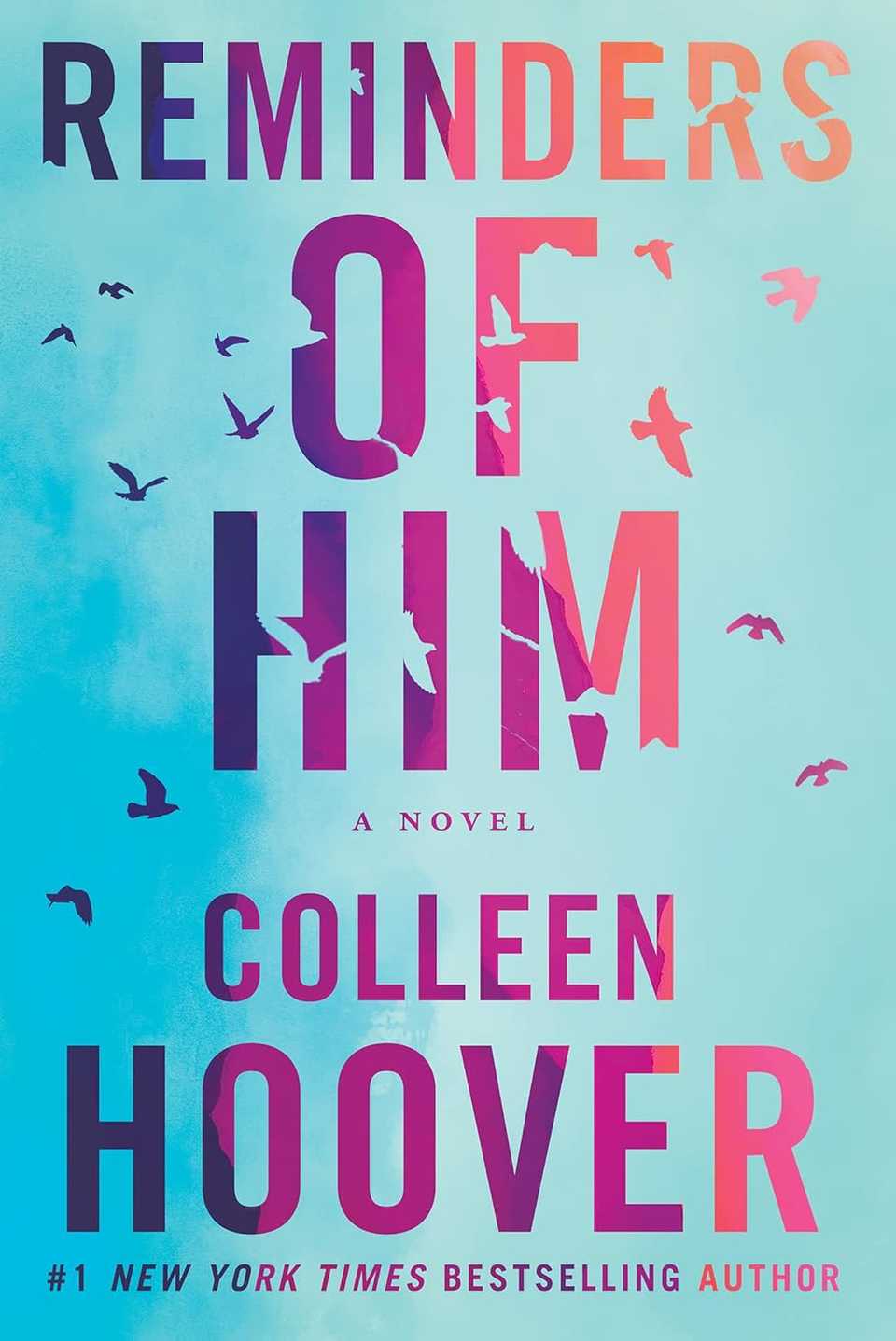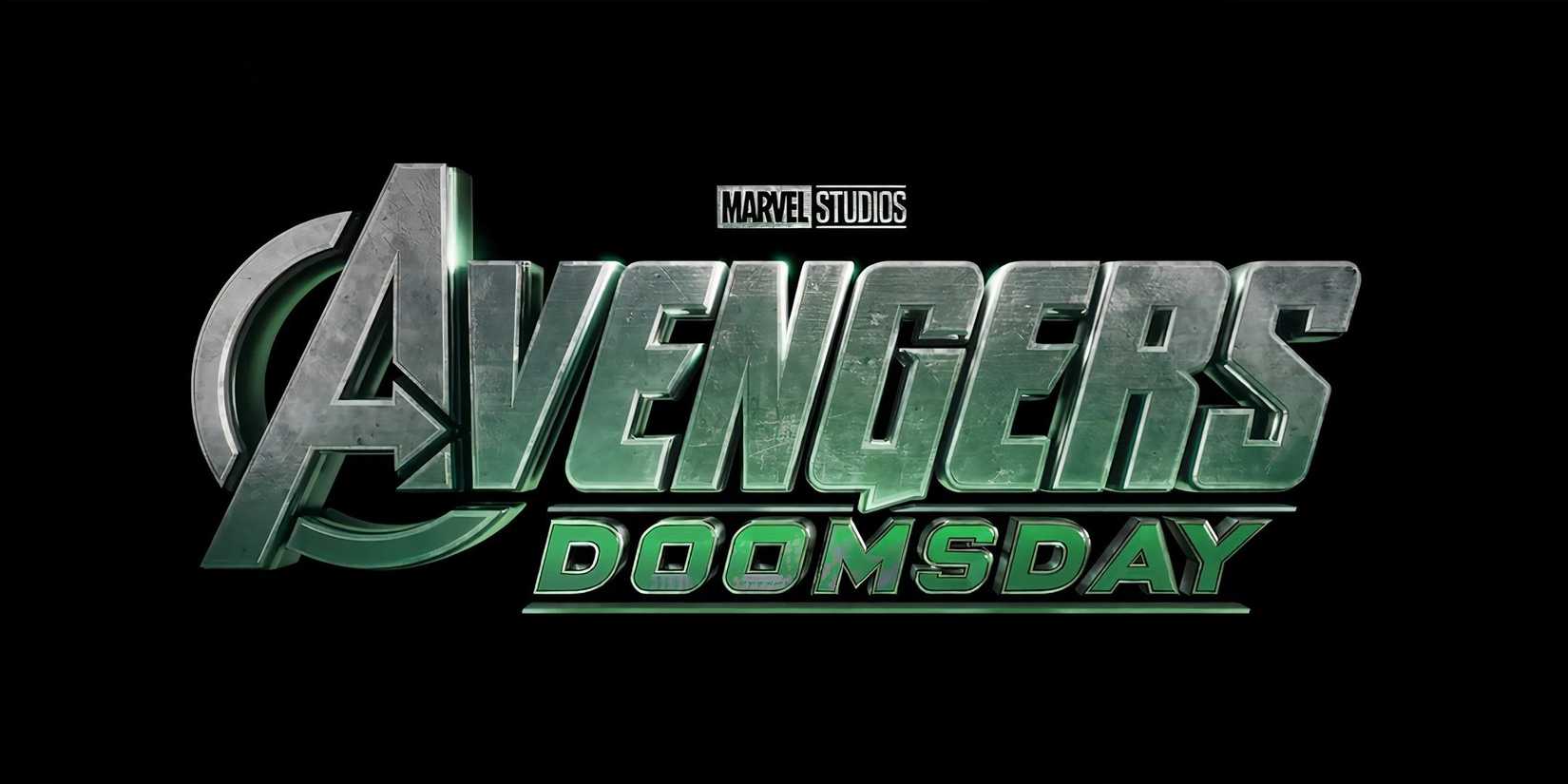While they’re not necessary to tell a good story, most memorable and compelling horror movies feature brilliant visual effects. Some of the most classic black-and-white horror movies that still hold up today do so because of their smart and unforgettable use of practical effects and blocking. The best effects make fantastic and horrifying scenarios believable despite the impossibility of experiencing anything similar in real life. Mutilated bodies, rotting faces, gory stabbings and impalings, freakish monsters, creepy beings, and more extreme visuals of violence characterize the genre as it is.
Many horror movies have monsters that are actually nightmare fuel, and their designs are possible due to the committed work by visual effects specialists. While practical effects continue to give us horror movie moments that make us audibly gasp, in today’s age, computer generated special effects are commonly found in big-budget horror blockbusters. Some of these special effects are stunning enough to justify sitting through poorly written or even boring horror movies. However, there’s occasionally a horror movie so bad that even great visual effects can’t save them.
10
Alien Resurrection (1997)
The Xenomorph Queen Gives Birth
The Alien movies depict the unique experience of humans being attacked by aliens and used to spawn more of their kind. They’re mostly known for introducing the action hero Ellen Ripley, played by Sigourney Weaver, a movie character who helped reshape genre expectations. After two movies featuring her, David Fincher’s directorial debut, the disappointing third film in the franchise, didn’t feature Ripley and the franchise was seemingly moving in a direction beyond her role in the story, only for her to be brought back in the fourth film, Alien Resurrection.
Alien Resurrection stars Sigourney Weaver as a clone of her iconic character, who has been infused with some of the xenomorph queen’s DNA, making her stronger and faster against any threats. She also shares a psychological link with xenomorphs, making her sympathetic to their cause. The film has a poorly developed plot riddled with badly written dialogue, but its visual effects are memorable, albeit not enough to justify watching it again. The xenomorph queen, who has developed a uterus, gives birth to a baby xenomorph in one of the most memorable scenes in the franchise.
9
The Fly II (1989)
Security Guard’s Face Melts
David Cronenberg’s The Fly is one of the best R-rated 1980s movies worth rewatching forever because of its emotional and melancholic narrative woven through the use of body horror. Its protagonist, Dr. Brundle, is a scientist who accidentally splices the DNA of a fly into his own genetic makeup and goes through a harrowing body-melting experience as a result. The Fly is a complete story without any loose ends, but its success garnered interest in a sequel to the film.
Apart from John Getz, none of the actors from the previous film are in The Fly II.
The Fly II is one of the most disappointing sequels in movie history, following up with a story about Brundle’s biological son who is born as a larva. The barely existent plot and the goofiness of The Fly II feel ill-conceived given the tone of the first movie. However, the sequel is superior in one way. The visual effects are even more gory and disgusting, with the epitome being a scene where a security guard’s face starts melting, and he claws it off. His whines suggest he survives for a while before dying, and watching that will make viewers queasy.
8
Spookies (1986)
Farting Zombies
Spookies is the quintessential bad movie with great special effects. It is a silly and goofy take on monster horror movies, delivering more gags per minute than screams. While horror comedy movies aren’t rare and are often delightful, Spookies has an incoherent plot that detracts from the experience of watching brilliantly designed monsters on screen. The messy story cannot be saved by how amazing some of the visual effects are.
Of all the memorable moments that stand out in Spookies, the farting zombies make the biggest impression. They’re designed to look terrifying, but they fart constantly while walking slowly towards their targets, making it impossible to take them seriously. However, that was possibly intentional because the film often plays out like a spoof of the genre. Regardless, the design of the buff and muscular zombie creatures deserves recognition.
7
Army Of The ᴅᴇᴀᴅ (2021)
CGI Tig Notaro
It may be an unpopular opinion to have about such a famous movie, but Zack Snyder’s cut of Justice League, while an improvement over its theatrical cut, is still a subpar film. Longer than it needs to be with a slew of artistic sH๏τs and an overburdening use of slow motion, it barely builds more story with its extended runtime. It would be possible to argue that the Snyder Cut was an exception if this weren’t literally his trademark. His movies post-DCEU, Army of the ᴅᴇᴀᴅ and the Rebel Moon movies have similarly extended runtimes with poorly written characters.
The VFX team inserted her into the film in post-production.
The CGI artists and visual effects specialists did an incredible job on Army of the ᴅᴇᴀᴅ and would have received more recognition and adoration if the film was better. Chris D’Elia had been cast as one of the secondary characters before Snyder decided he needed to be recast in light of the Sєxual misconduct allegations against him. COVID made it impossible to reshoot, and Notaro couldn’t exactly recreate D’Elia’s actions, so the VFX team inserted her into the film in post-production. They did such a seamless job that it’s impossible to tell she wasn’t originally in the sH๏τs.
6
A Nightmare On Elm Street Part 2: Freddy’s Revenge (1985)
Freddy’s Entrance
Freddy Krueger knows how to make an entrance and keep audiences and characters on the edge of their seats in anticipation before he strikes a fatal blow and everyone erupts into screams. His murder of Tina in A Nightmare on Elm Street is a horror movie scene that changed millennials’ lives as kids. The entire film is filled with innovative use of his uncanny ability to track down prey through their dreams and deliver gory deaths to them.
So, it’s naturally disappointing that the sequel failed to live up to the standards set by Wes Craven with the first film. The narrative is messy and lacks the sharp wit of the previous movie. However, A Nightmare on Elm Street Part 2: Freddy’s Revenge deserves some acknowledgment for its fantastic visual effects. The scene where Freddy bursts through his first victim after his face is seen through his belly features perhaps the best use of special effects in the entire franchise.
5
Virus (1999)
The Captain Turns Into A Cyborg
Jamie Lee Curtis broke out onto the horror scene with Halloween, a horror movie that will always be a classic. She became a horror movie icon and an action hero to watch after delivering a compelling performance as the final girl, Laurie Strode. So, it’s no surprise that when visual effects specialist John Bruno decided to direct a feature film, his only solo directing credit, he wanted Jamie Lee Curtis as the female lead.
Virus had the potential to become an Alien-like franchise with another strong female character leading it. It was even launched with a toy franchise on the side. Unfortunately, the source material’s weaknesses in plot and characterization weren’t improved upon enough. Despite being a forgotten mess, Virus clearly showcases the director’s prior experience and knowledge of practical visual effects. When Donald Sutherland, as the captain, joins the Intelligence and turns into a cyborg, it’s a shocking transformation made believable by brilliant cinematography and special effects.
4
Lifeforce (1985)
The Animatronic Space Vampires
Few directors have influenced the horror genre like Tobe Hooper. He directed the iconic Texas Chain Saw Mᴀssacre and its sequel, a horror movie that gets a lot of flack but has enough remarkable and lovable aspects. He has never shied away from experimentation, and the best example is his attempt at a vampire film, Lifeforce. Partly set in outer space, the film follows vampires who came to earth on a spaceship sent to study Halley’s comet and wreak havoc in London when they land.
Hooper’s work on the film has found recent cult love from those who appreciate its visual effects, but the movie’s lack of a coherent plot makes it difficult to enjoy. There are simply too many narrative threads, and only a few of them reward a viewer’s attention. However, the special effects are commendable, particularly the interior of the spaceship and the space vampires. The film uses animatronics to bring the vampires to life, but they look so realistic that it’s easy to mistake them for actors with extremely horrifying makeup.
3
Hollow Man (2000)
The Protagonist Turns Invisible
Paul Verhoeven is known for witty, dark, and sleazy thrillers with social commentary and a message hiding underneath the exterior of action movie shenanigans. However, his interpretation of H.G. Wells’ novel The Invisible Man was met with disappointing reviews as it failed to capture the audience’s imaginations. The novel’s themes seem lost in translation as the movie descends into hyper-violent chaos soon, and sensationalized violence in a tasteless manner.
Hollow Man is one of Kevin Bacon’s horror movies where he plays the protagonist. Depicting his invisibility was an obvious challenge for the creative team, but they proved up to the task. New CGI technology was developed just to render the complex nature of his invisibility and make it seem believable. While the film uses novel ways to outline him, it’s the act of turning invisible that compels a viewer with an interest in special effects, and the work done to bring the invisibility to life deserves acknowledgment, even if the film is a messy disappointment.
2
Resident Evil: Retribution (2012)
The Brain Monster
Paul W.S. Anderson has made a few underrated sci-fi movies, from Death Race to Alien V Predator, but he’ll always be most famous for the five Resident Evil movies he made. The hugely popular horror game franchise was long overdue for a movie adaptation, but Anderson didn’t deliver. While the first film’s world-building and action set pieces make it worth the watch, the lack of plot in the later movies don’t justify sitting through the film franchise.
The stunts and the cinematography create a visual feast for audiences.
Resident Evil: Retribution is the perfect example of why the franchise failed to find mainstream success. Some of the best sci-fi action movies in the history of the genre feature slick stunts, engaging visual design, and cheesy dialogue. However, they also focus on creating a meaningful narrative with characters people can care for. Anderson’s movie lacks that, but delivers on the visual effects front. The stunts and the cinematography create a visual feast for audiences, especially with the iconic brain monster from the games, recreated to perfection.
1
Hellraiser III: Hell On Earth (1992)
The Camera Cenobyte
When Pinhead was first introduced in Hellraiser, he delivered one of the most gruesome 1980s horror movie deaths when he rips apart the protagonist by attaching hooks into him. Pinhead had the potential to become an iconic character and join the upper echelon of horror movie villains with the likes of Michael Myers and Freddy Krueger. However, he soon became an uninteresting excuse for filmmakers to show off gory visuals. Pinhead returns as a slasher villain in Hellraiser III: Hell On Earth, but he fails to be compelling.
A convoluted backstory that is explored in an unnecessary exposition-heavy scene in the film distracts from the horror. Moreover, the horror movie is more obsessed with the visceral moments than creating a narrative, further frustrating viewers. However, the visual effects deserve acclaim because the cenobites are at their most terrifying in Hellraiser III: Hell On Earth. The scariest of them is the cenobite with a camera in his head, who uses the shutter to launch ᴅᴇᴀᴅly attacks. The camera jutting out of the fleshy, sealed face is the stuff of nightmares.





